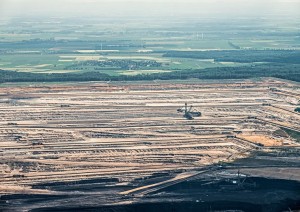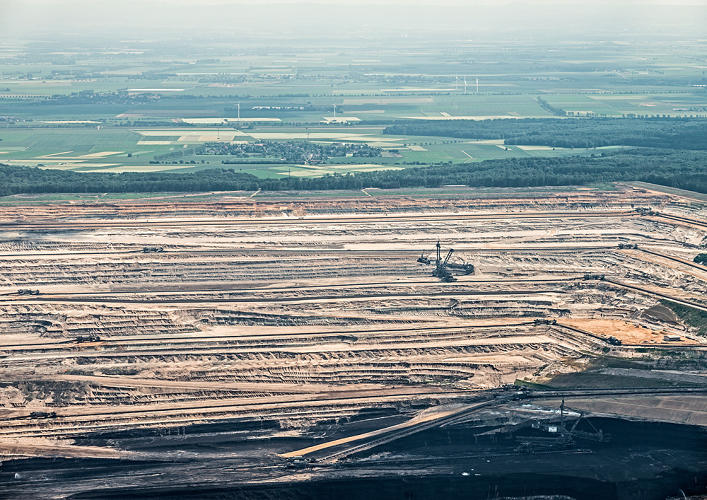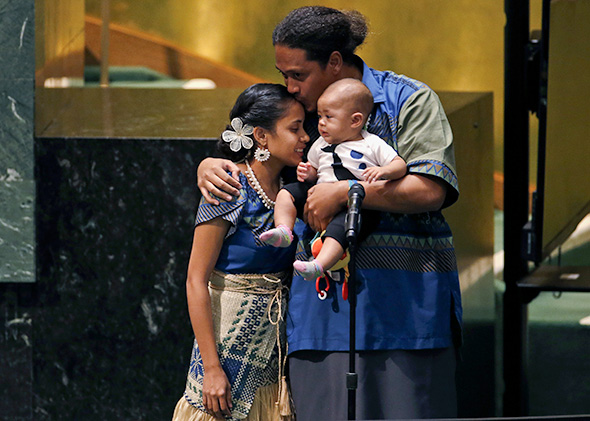
A 30 story bucket excavator cuts out more coal.
I came across a recent collection of photos by aerial photographer Bernhard Lang. This collection is that of an aerial shoot above the Hambach Mine in Germany. This lignite open pit mine is the deepest (in relation to sea-level) on the planet, being 931 feet below sea-level. Currently the mine is about 35 square kilometers large with a planned ending size of 85 square kilometers, roughly the size of Manhattan. All of this in a country that plans to be 80% renewable by 2050 and currently is the solar energy capital of the world. Some argue this is a result of the shutting down of nuclear facilities after Fukushima, as well as a result of the way emissions trading schemes are set up in the EU. The mine is still open and churning out coal everyday. Lang has done an excellent job of showcasing it, much in the way Balog has represented glacial melt and the impacts of anthropogenic global warming. This is not the first time Lang has been up in the air, attempting to capture the scale at which our society operates, much of his aerial work has taken on an environmental twist. As I find more artists looking to use their talents and passion to raise awareness and enact change, I wonder what else we might see in the coming decades.


